If you follow us on any of our social media pages, either Kitsune’s or Fenrir’s Instagram or our Facebook page, you would have seen lots of pictures of my boys in the snow this winter. Our winter started off mild and not super snowy but lately, we’ve been getting lots of snow! A handful of times now, after posting pictures of Kit and Fen out in the snow, I’ve received questions about how my little dogs deal with the cold weather, and especially the snow. I figured it’d be a fun question to answer here.
Post Contents:
What Temperatures Dogs Can Handle is an Individual Thing
As I wrote in my post “how cold is too cold for dogs”, temperature tolerance can be such an individual thing. Factors such as your dog’s age, coat type, health status, coat color, and yes, sometimes size, can all play a roll when it comes to your dog’s cold tolerance level.
But What About Snow?
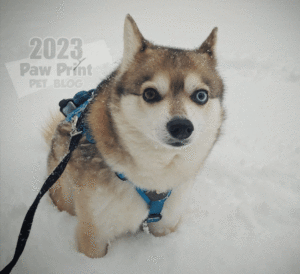 The main reason I’ve found that small dogs sometimes don’t handle snow and cold quite as well as larger dogs is, quite simply, the fact that they are shorter.
The main reason I’ve found that small dogs sometimes don’t handle snow and cold quite as well as larger dogs is, quite simply, the fact that they are shorter.
Deep snow is harder for small dogs to walk through. Often times snow totals that might not be a big deal for a large dog will be deep enough to touch a small dog’s chest and belly. Not only does this make the snow hard for them to walk through, but more of their bodies come into direct contact with snow. This can cause them to become colder faster, verses a large dog who might only have their paws and a bit of their legs coming into direct contact with the ice and snow.
Of course there are some other factors that come into play as well. Many breeds of small/toy dogs are bred as companions. Their coats are not designed for extreme temperatures.
But Small Dogs are Tough!
That doesn’t mean you should automatically count your small dog out when it comes to winter fun, however. Small dogs get stereotyped a lot, and people seem to think they can’t do a lot of the things that big dogs can. Height issues notwithstanding, many small dogs really enjoy playing in the snow! Healthy, adult small dogs who are allowed to accumulate to colder temperatures might surprise you with how cold tolerant they can be.
My two dogs, Kitsune the papillon and Fenrir the Alaskan Klee Kai, both do really well in the snow. They love to run around and play in it, and far outlast me when it comes to cold tolerance. When we come back inside after playing in the snow it’s always because I’m cold, not my dogs!
Helping Your Small Dog Deal with Snow
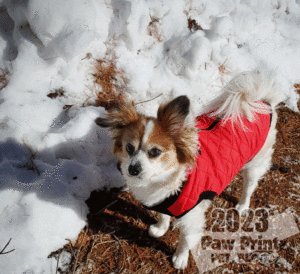 When the snow starts to get really deep where we live, I make sure to shovel out areas where my small dogs can play without having to struggle through really deep snow.
When the snow starts to get really deep where we live, I make sure to shovel out areas where my small dogs can play without having to struggle through really deep snow.
If your small dog seems a bit less cold tolerant, you can consider using clothing to help keep them warmer. Functional articles of clothing such as jackets and sweaters not only look cute, they can actually help keep your dog warm. Clothing can act as an insulating layer between your small dog and the snow.
No matter your dog’s size, keep an eye on them when they are playing outside, especially during extreme temperatures. Learn your own dog’s cold tolerance level, and the signs of hypothermia (shivering, lethargy, pale skin and gums, lack of coordination, and reduced breathing rates). Keep winter play time fun by being proactive about keeping your dog safe!
Comment below! If you have a small dog, does he/she like playing in the snow? Are there things you do to make navigating in the snow and cold easier for your furry friend?
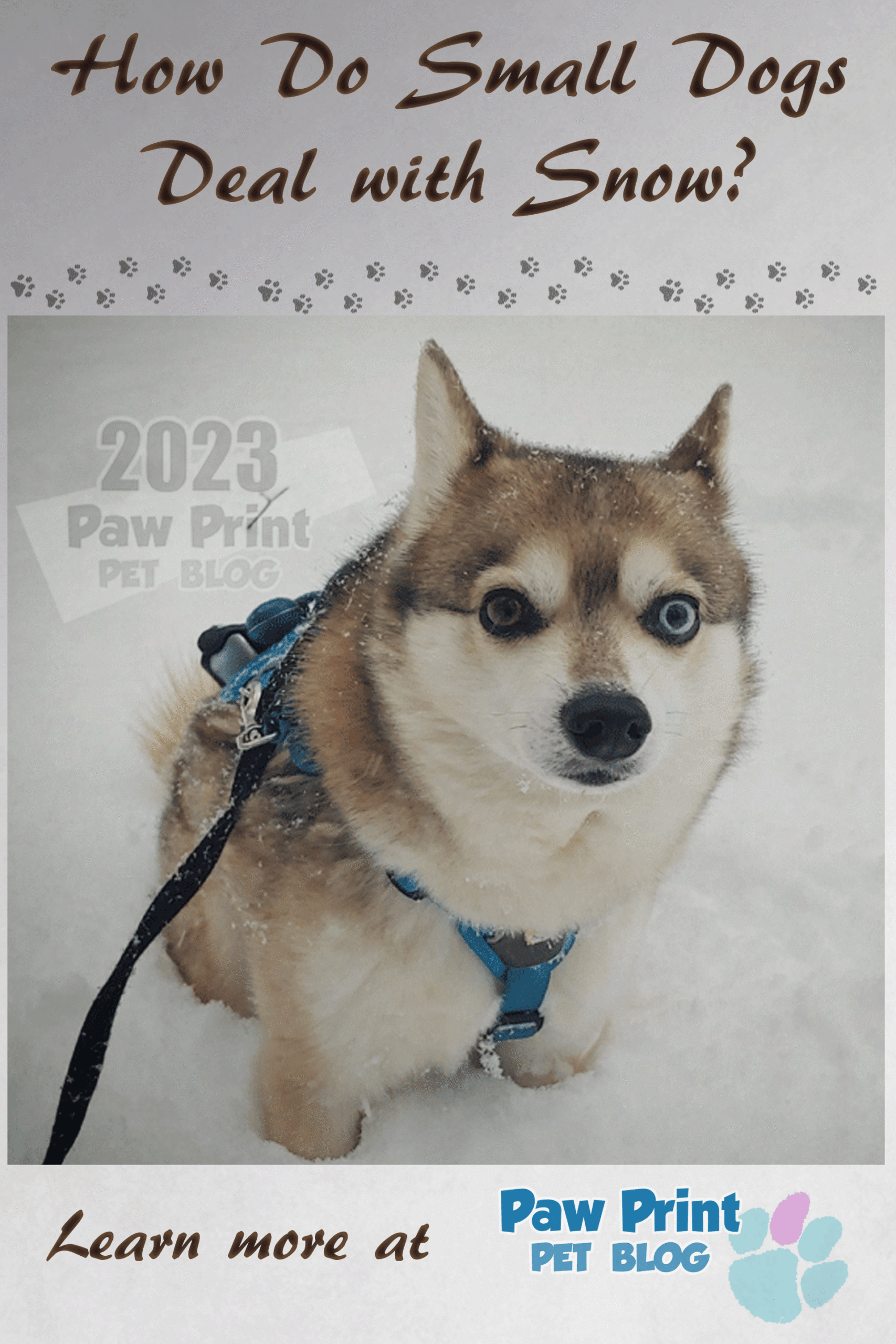

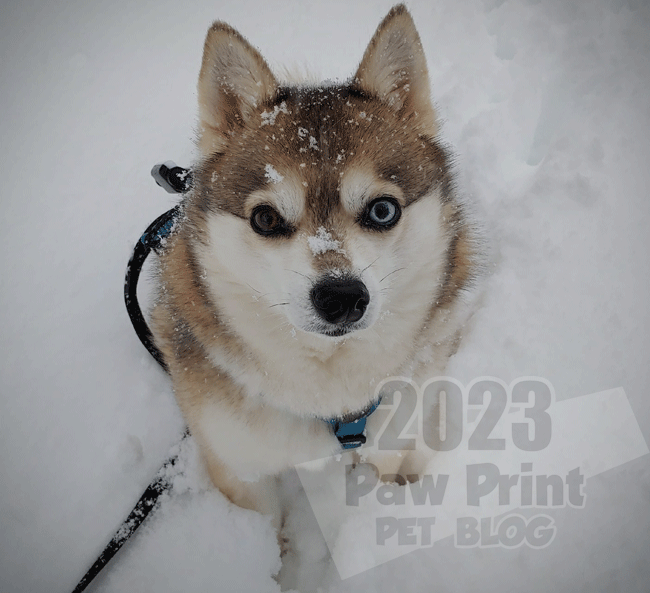
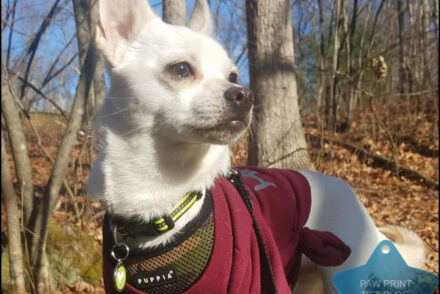
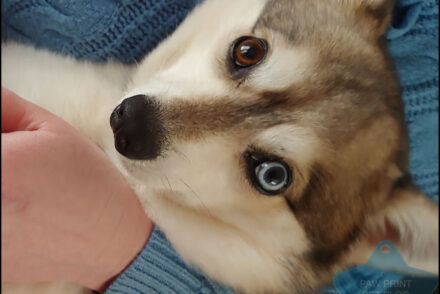
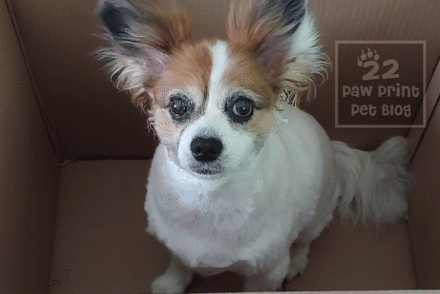

No Comments